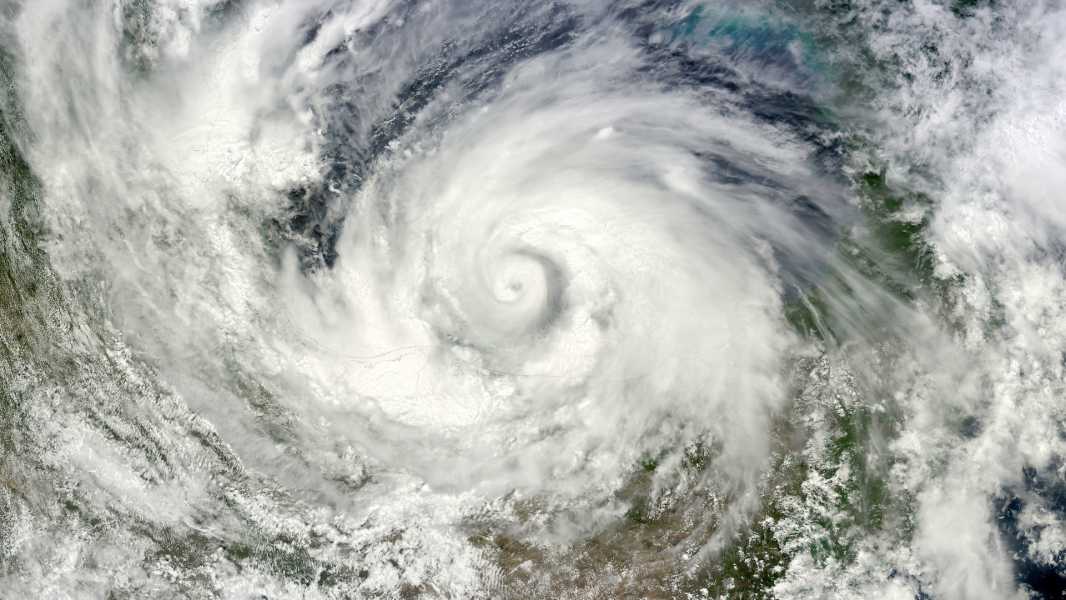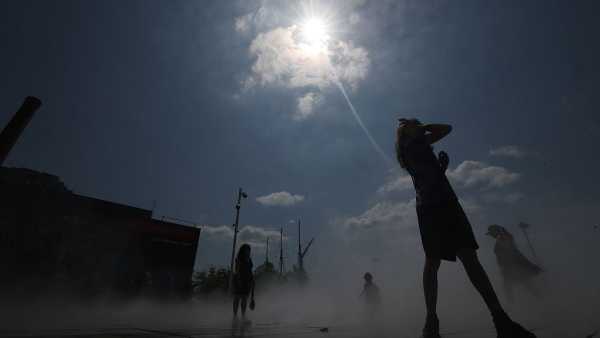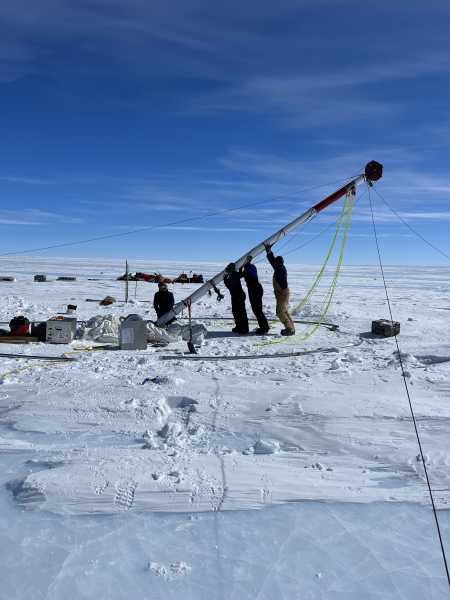
ENSO can help meteorologists predict how active the Atlantic hurricane season will be. (Image credit: Gizem Gecim via Getty Images)
After one of the strongest El Niños on record ended in 2024, meteorologists predicted that La Niña, a similar climate pattern, would follow. The winter signals of a slow-moving and “unusual” La Niña grew stronger, but began to weaken in recent months. By March, it had disappeared.
So what happened and how might it affect the weather this summer and the upcoming Atlantic hurricane season?
What is ENSO?
El Niño is a seasonal shift in Pacific Ocean temperatures that can suppress hurricanes, alter rainfall patterns, and distort jet streams. Its cold-water counterpart, La Niña, typically does the opposite: intensifying Atlantic hurricanes and increasing the risk of wildfires in the West. Together, they form the El Niño-Southern Oscillation (ENSO).
ENSO refers to seasonal climate shifts associated with changes in the surface temperature of the Pacific Ocean. Changes in winds and currents can draw cold water from the deep ocean, where it interacts with the atmosphere in complex ways. Even small changes in sea surface temperatures can change global weather in the coming months, leading to hot and dry weather or wet and cool weather depending on the region.
“It’s an incredibly powerful system,” said Emily Becker, a research professor at the University of Miami and co-author of the National Oceanic and Atmospheric Administration’s ENSO blog. “El Niño and La Niña conditions affect rainfall, snowfall, temperatures, hurricane season, and tornado formation. They’re also linked to swings in financial markets, crop yields, and more.”
“From a scientific standpoint, it's interesting to us because it's really interesting,” she told Live Science. “But from a practical standpoint, it's important because it gives us an early look at the next six to 12 months.”
Scientists are closely monitoring a narrow section of the Pacific Ocean near the equator. An increase or decrease in average surface temperature of 0.9 degrees Fahrenheit (0.5 degrees Celsius) over five overlapping three-month periods can signal the beginning of an El Niño or La Niña, respectively.
Still, the “average” is a moving target, based on a 30-year baseline from 1991 to 2020 that becomes outdated as the world warms. “We’re always catching up,” Tom Di Liberto, a former NOAA meteorologist and author of the ENSO blog, told Live Science.
ENSO-neutral patterns occur when surface temperatures hover around the long-term norm. However, being neutral does not mean easy to predict – it may just make things more difficult.
Why was La Niña so short-lived?
Rather than asking why La Niña was short-lived, it is more appropriate to ask whether it occurred at all.
While sea surface temperatures have been cooler than normal this winter, they haven't lasted long: By mid-April, NOAA forecasters reported that a full-fledged La Niña event was not in sight.
Why is that?
“The trade winds play a significant role,” Muhammad Azhar Ehsan, a climate scientist at Columbia Climate School’s Center for Climate Systems Research, told Live Science. He explained that weakening trade winds in the eastern Pacific likely prevented cold water from rising to the surface — a key step in the formation of a strong La Niña.
The story may not be over, however. When the 30-year baseline temperature is revised to account for more recent, warmer years, future analysts may reclassify this winter's La Niña in the historical record.
Sourse: www.livescience.com





